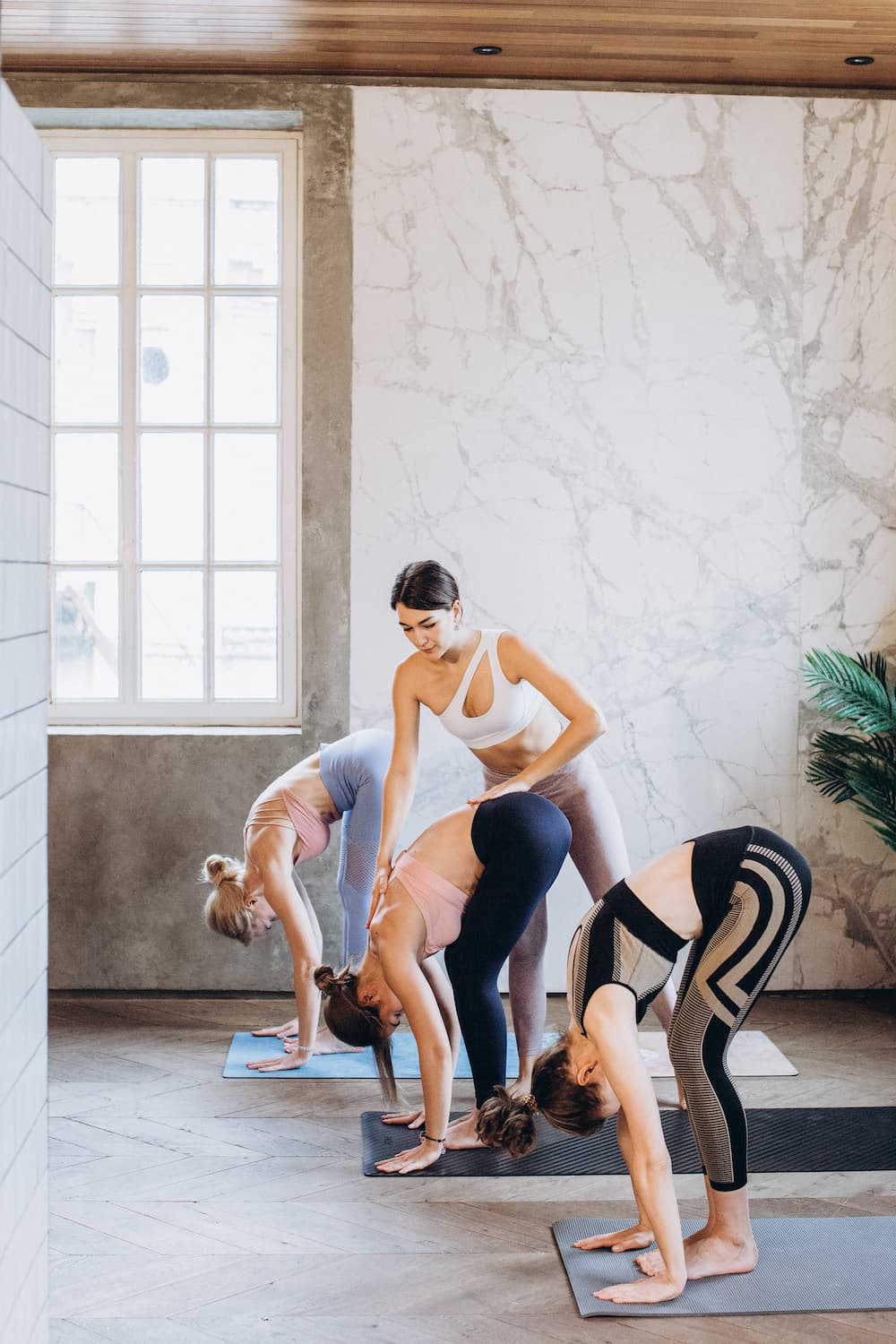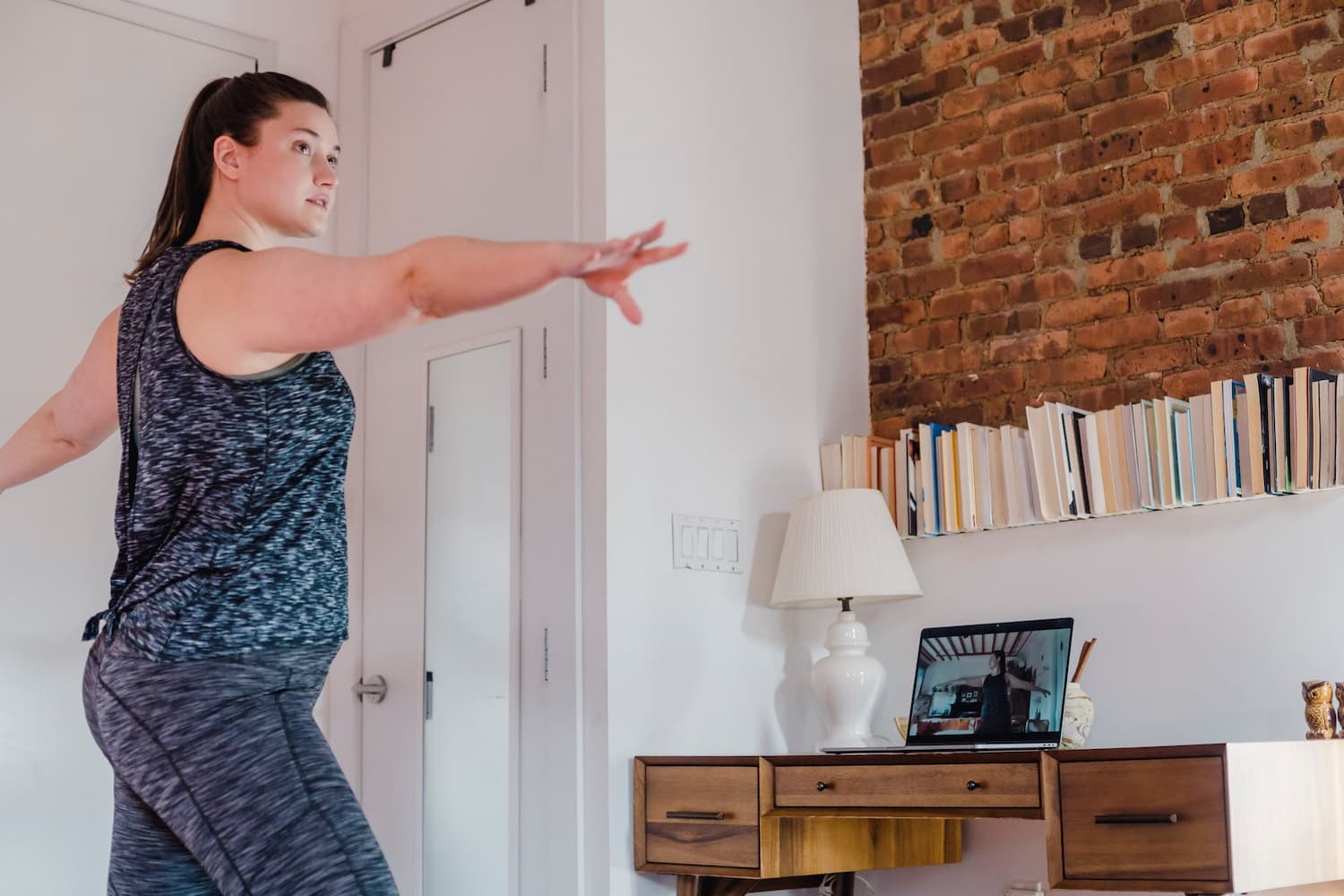
Rather than a physical workout, yoga is dubbed a way of life that enhances the mind, body and spirit. Besides improving your physique and helping you gain clarity, it eliminates negative feelings that hamper your progress and happiness in life. Studying the modality will not only help you tap into your inner self and improve all areas of your life, but it will also lead to a rewarding career.
What is Yoga?
Self-realisation is the ultimate goal of a yoga journey, which can be achieved through the eight limbs of yoga, namely Yama (attitudes toward others), Niyama (attitudes toward self), Asana (physical postures in yoga), Pranayama (breath control), Pratyahara (conscious withdrawal of the senses), Dharana (concentration), Dhyana (meditation) and Samadhi (state of ecstasy).
Simply put, combining a clear mind with breathing techniques, asana practice and meditation will unite the mind, body and spirit. This act of holistic integration is the simplest and clearest definition of yoga. Yoga is a transformative practice that allows you to connect with the core of your being and bring wholeness and joy to your life.
According to the International Journal of Yoga, a scientific journal dedicated to yoga research, 61% of yogis engage in Vinyasa Yoga, a type of yoga that connects individual yoga asanas seamlessly through breath. The remaining 39% prefer to practise pranayama, meditation and gentler forms of yoga. Restorative Yoga is the preference of Australians who attend gentle yoga classes.
There are hundreds of yoga postures out there, but you're unlikely to use them all in your personal practice. Some yoga classes consist of 10 poses in a sequence, others have 15, while some have 30. Your personal yoga practice depends on what you wish to achieve.
What Are the Benefits of Yoga?
The benefits of yoga extend beyond our physical health as it profoundly affects our thoughts and feelings too. It quiets the mind and stimulates the brain's relaxation response, which in turn reduces stress, anxiety and slows down your heart rate. In addition to inducing calm feelings, it supports weight loss, tones the muscles and improves flexibility. Studies have also shown that regular practice of yoga can alleviate a wide range of physical, mental and emotional conditions, including:
 Asthma and other respiratory conditions
Asthma and other respiratory conditions- Heart disease
- Eating disorders
- Insomnia
- Depression
- High blood pressure
- Chronic back pain
- Arthritis
- Dementia
- Alzheimer's disease
Why Should You Study Yoga?
Following the yoga lifestyle will not only improve your health and wellbeing but also take you to a whole new level of success. The future of yoga as a healing modality is looking up. In fact, market researchers revealed that the Pilates and yoga industry will see a rapid growth between 2021 and 2027 as the economy improves. Studying yoga allows you to get a slice of the market which is expected to surpass $66B by 2027.
More than the business of yoga, though, studying a range of yoga techniques will enable you to develop your personal flow of movements that aligns with your health and fitness goals. What's more, completing a yoga instructor certification program will enable you to pursue a career in one of the leading yoga studios in Australia or set up your own.
You can also be an online yoga instructor teaching yoga through livestream classes or conducting one-on-one yoga therapy sessions with people with special needs.
What are the Possible Career Paths for Yoga Practitioners?

Your knowledge of yoga will open the door to vast career opportunities. Many people who specialise in this practice have successfully landed a career as a yoga workshop facilitator, an organiser of yoga retreats, an instructor of yoga teacher training programs, or a celebrated health and wellness book author. A lot of them have also set up their own yoga studio that welcomes anyone who wishes to de-stress, improve their health as well as the quality of their life.
The level of training that you receive at school will determine your career outcomes. If you want to be more in demand, especially among advanced students, consider investing more time in training for challenging styles of yoga like Bikram Yoga, Ashtanga Yoga and Vinyasa Yoga, to name a few. You also want to be well-versed in prenatal yoga as many expectant mums and dads these days incorporate yoga and massage therapy into their prenatal care programs.
What Qualifications Do You Need to Teach Yoga?
To be a certified yoga instructor in Australia, you must complete a 200-hour certification yoga teacher training program in an accredited yoga school. Here, you will learn the history of yoga, philosophy of yoga, principles and benefits of yoga, its physical practices, breathing exercises and teaching styles.
In addition to qualifying as a yoga teacher upon completion of the course, you will be able to gain membership with the peak bodies for certified yoga teachers, namely Yoga Australia and Yoga Alliance. You can also use your qualification to pursue a diploma course, such as the Diploma of Classical Yoga of the Australian College of Classical Yoga, and deepen your practice with advanced yoga teaching techniques.
What is the Best Learning Platform for Yoga?

Yoga can be learnt on-campus or online. In fact, if you prefer the latter, you may check out the online yoga certification program of Health and Harmony Colleges, which gives you the flexibility to explore and learn yoga at your own pace. Other yoga schools offer a blended learning approach, allowing you to experience the joys of learning in a physical classroom and through distance education at the same time.
Whether you're looking to sign up for a foundational training program or a comprehensive one that touches on all types of yoga postures, browse through the complete list of yoga teacher training courses on the Natural Therapy Pages to find a school in Australia whose offerings align with your health and career goals. It's best to directly contact the school of your choice to enquire about their online yoga training program, hours of training, course fees and class size among other things.
|
Do you have a natural health & wellness business? |




